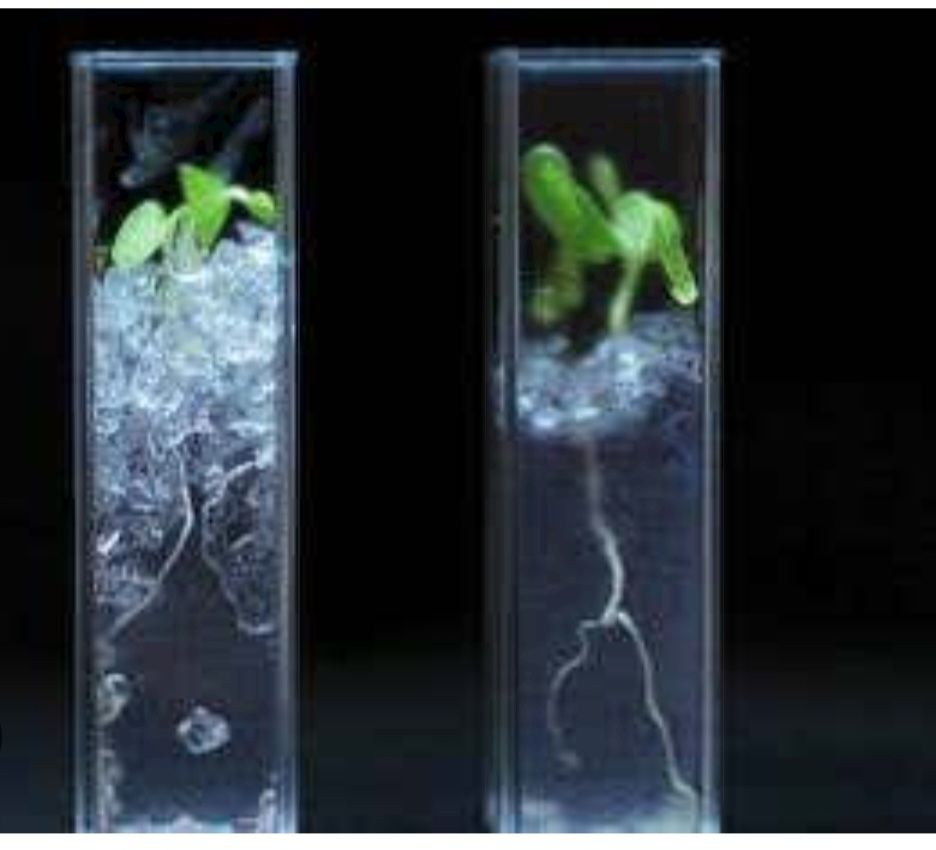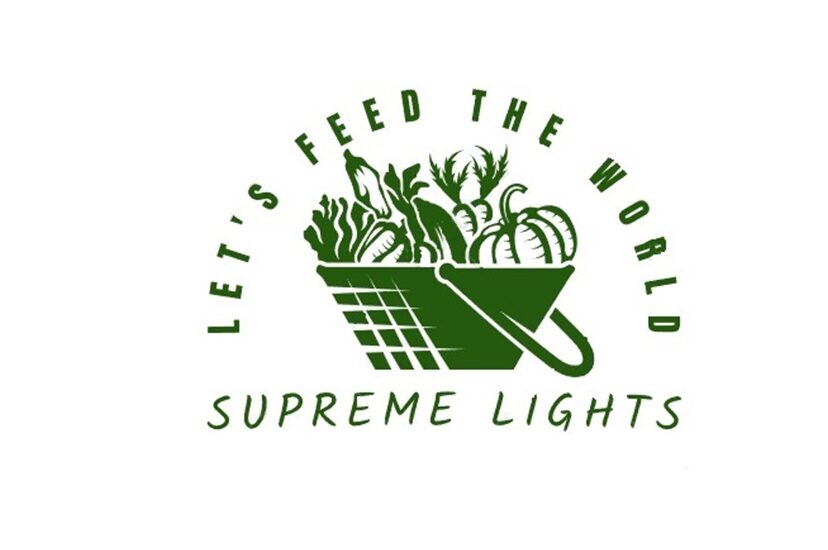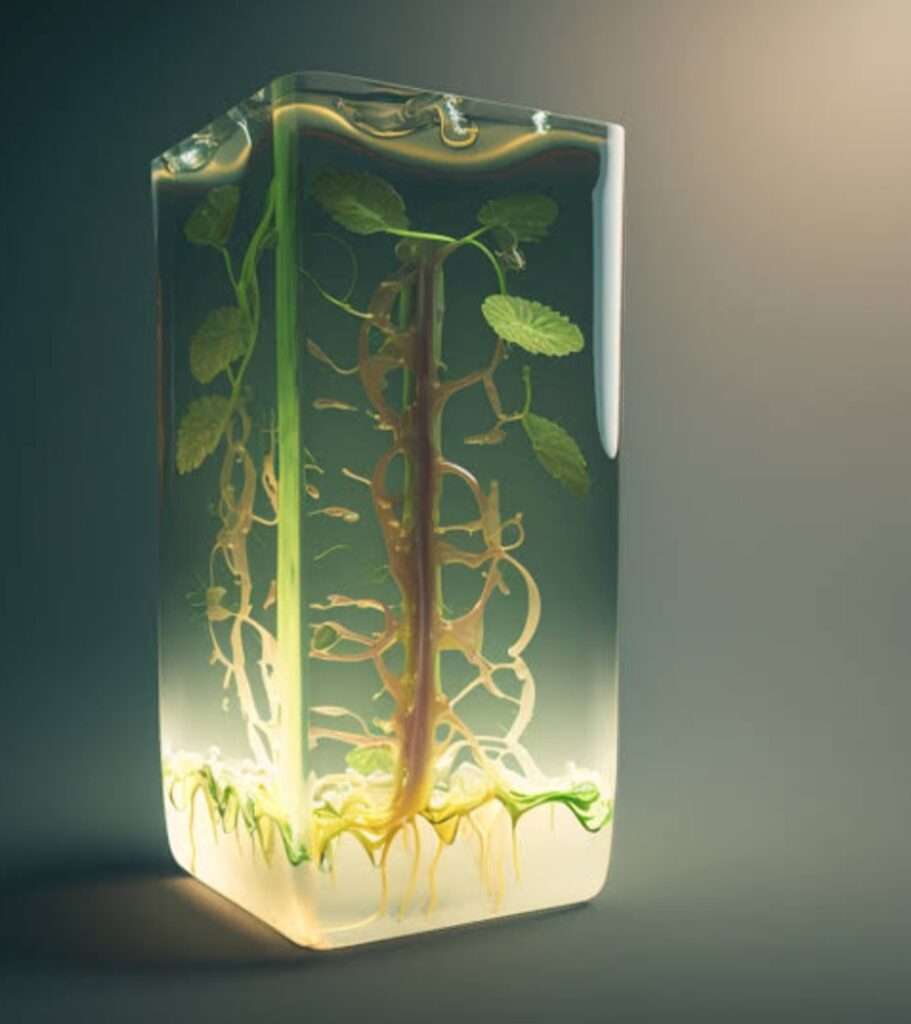
The world of today is developing different technology that will help farmers increase their production, and at thesame time in the case of crops, improve soil fertility and soil health. Different sustainable farming practices have being developed which has helped reduce the carbon footprint of agricultural activities. The use of synthetic polymers such as rock wool, peat, and coir has been used over soil as a medium for plant growth and development. These materials are non-renewable, non-biodegradable, and environmentally harmful. Fortunately, a better media solution has been developed. This technology is called “Gelponics”.
Gelponics is a range of non-synthetic hydrogel formulations (granules, sheets and plugs) that control fertiliser, reduce complexity and save water – making them a suitable replacement for rock wool, peat and coir.
This non-synthetic hydrogel formulations is a sustainable growth substrate for plants. It is made from sustainable low-carbon products, and it is entirely compostable, which significantly reduces an organization’s carbon footprint. This substrate is perfect for use in vertical farming, where space is limited, and the use of traditional soil is impractical.
Gelponics is a simplified substrate over the use of traditional soil in farming operation. The use of soil can be complex, as soil quality varies and requires careful monitoring and adjustment. But in Gelponics, the substrate is consistent, and the water and nutrient content can be easily adjusted to suit the plants’ needs. This reduces the need for extensive testing and ensures optimal growing conditions for plants.
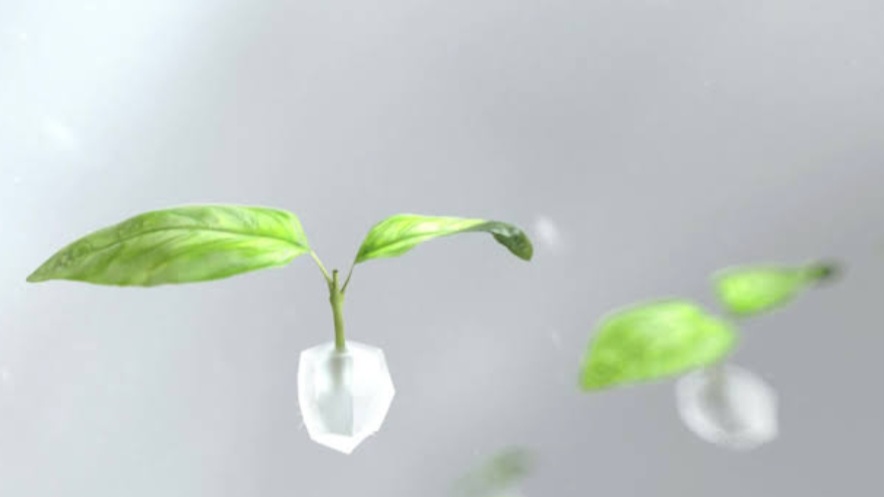
BENEFITS OF GELPONICS
Gelponics with its nutrient delivery system also has additional benefits including:
1. RECYCLABLE: The Gelponics hydrogel product can be reused locally as a carbon-sequestering soil additive.
2. WATER-HOLDING: Gelponics has a significant water-holding capacity for precision nutrient delivery to the plant roots. The hydrogel formulation can hold water and nutrients for extended periods, which means that less water is needed to maintain healthy plant growth.
3. IMPROVES FOOD GROWTH CONDITIONS : Gelponics improved food growth conditions by increasing yield, lowering energy costs and lowering CO2 emissions as well.
4. Gelponics is a great alternative to peat and stone wool.
5. It has environmentally friendly attributes.
6. It is 100% compostable
7. It has a low-carbon footprint.
8. It is a sustainable and eco-friendly alternative to synthetic polymers like rock wool, peat, and coir that are widely used in traditional agriculture
9. Apart from its environmental benefits, Gelponics also has practical advantages in vertical farming operations.
10. The use is highly significant, especially in regions experiencing water scarcity, as it reduces water consumption and promotes water conservation.
11. Gelponics can control the release of nutrients, ensuring that plants receive the required amount of fertilizer and reducing the risk of overfertilization.
12. It not only saves time and money, but also reduces the environmental impact of fertilizer runoff.
13. No laboratory test is required unlike soil test required to determine the nutrient status of soil before planting and fetilizer recommendation.
14. Gelponics optimises resource utilisation through quantifiable scientific metrics. It meticulously manage nutrient levels, water distribution, and crop health, 16. Gelponics ensures that every scientific variable utilized contributes to the economic viability of vertical farming. Its role in resource efficiency aligns seamlessly with the scientific principles of sustainability.
15. Gelponics is highly effective in extreme climates because of its excellent water retention properties. In hot and arid environments, it significantly reduces water loss by holding moisture at the roots, while in cooler climates, it helps to maintain the moisture balance, preventing oversaturation.
This means that the hydrogel is resilience, that is, it can adapt to different growing conditions, making it an ideal tool for consistent crop production regardless of the climate.
16. COST-EFFICIENCY: By reducing the need for frequent irrigation, Gelponics cuts down on long-term expenses.
17. Gelponics has a stand advantage over other water retaining growth media due to its advanced water-holding capacity and nutrient-release mechanism. Unlike traditional water retention tools, Gelponics absorbs and holds large amounts of water and releases moisture as plants need it, reducing both over-watering and under-watering risks.
18. It is biodegradable and designed explicitly for vertical farming and hydroponic systems, offering a precision solution that other soil additives or retention products cannot match
19. Vertical Farming: GelPonics shines in vertical farming due to its efficient use of space and water.
20. It can be used in indoor Gardening
21. GREEN ROOFS: It also works well in indoor gardens or rooftops, making it a versatile choice for urban projects.
22. COMMUNITY GARDENS: Many community gardens have adopted this technology, which has boosted their productivity while lowering water usage
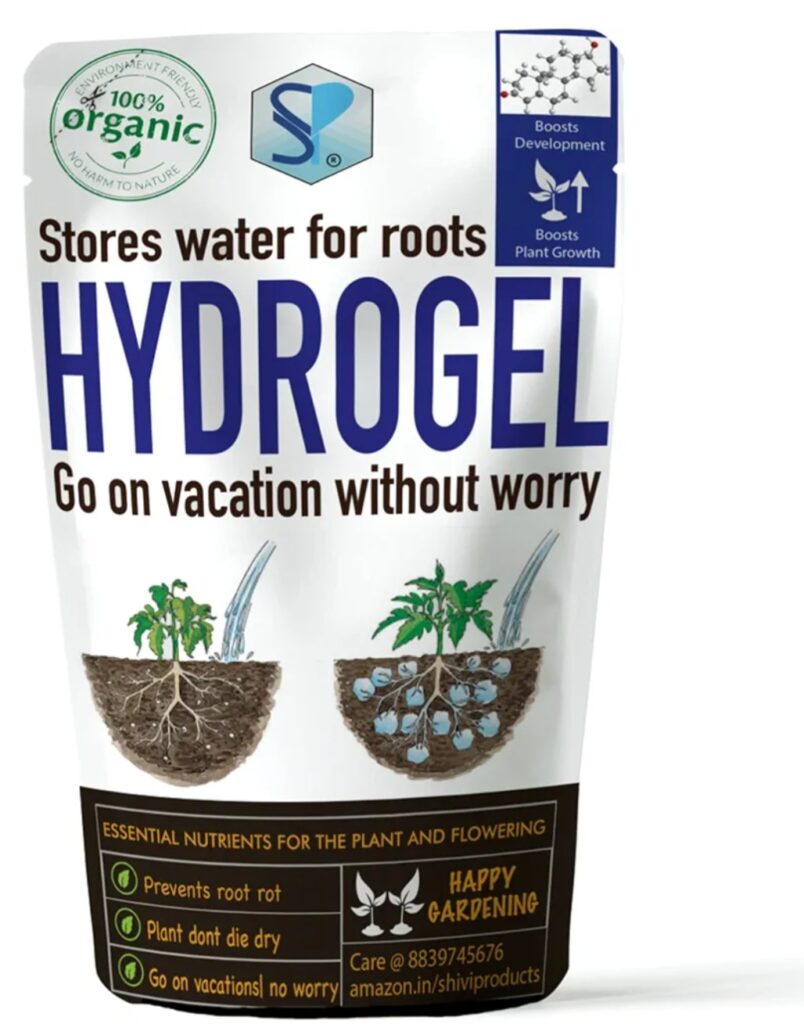
ADVANTAGES OF GELPONICS
1. Made from sustainable low-carbon products, significantly reducing an organization’s carbon footprint.
2. It is entirely compostable.
3. It helps reduce waste.
4. It is a means of promoting organic fertilizer
5. Replaces environmentally harmful synthetic materials like rock wool, peat, and coir usage.
6. It can save water.
7. It control fertilizer usage.
8. It simplify the farming process
9. The hydrogel formulation holds water and nutrients for extended periods, reducing the need for constant watering and fertilization
10. It is cost effective
DISADVANTAGES OF GELPONICS
1. Requires careful monitoring of the moisture and nutrient content to ensure optimal growing conditions for plants
2. Initial cost may be higher than traditional substrates
3. Requires expertise and training to set up and operate effectively
4. Power outages can be devastating
5. Energy consumption: it require high energy costs to run lights and control humidity
Plant suitability
6. It is only suitable for specific types of plants like vegetables and not root crops like yam
7. The wrong setup could spread pests.
THREATS TO FOOD SECURITY THAT LEAD TO DEVELOPMENT OF GELPONICS
Agricultural causes of food insecurity include land degradation, water scarcity, drought, conflicts, tradition method of faming and climate change etc. These issues can reduce the amount of food that can be produced to meet the needs of a country’s populace. Land degradation due to overmining of nutrients, water scarcity due to weather condition like drought and even traditional farming methods where soil is used for farming, all result in low yield and profitability.
In the United Kingdom alone, only 5% of water use happens at home, with 5% used by businesses to create products and services, and the rest is used in agriculture. In Nigeria, a tropical country, farmers rely on rainfall to produce crops which only is available during rainy season. During dry season, production seizes, left to farmers that can install irrigation facilities on their farm. Also, farmers near wetlands like FADAMA area also produce in low quantity.
This shows that one of the most critical resources in agriculture is water. It is also becoming more scarce as we consume around 4 trillion cubic metres of fresh water a year. The global population will only continue to grow, threatening (placing further pressures on) food production (processes).
Climate change is another of the biggest threats to our food supply chain. Rising temperatures are increasing the likelihood of extreme events like floods and droughts, all of which devastate agricultural production. Heat itself is damaging to plants and some regions may no longer be able to grow some staple crops they need to feed the populace.
This effect of climate change significantly impacts water availability for agriculture by causing changes in precipitation patterns, leading to more frequent and severe droughts in many regions, thus reducing the amount of water available for irrigation and potentially causing crop failures, while also increasing the risk of flooding in other areas due to extreme weather events.
With the amount of water available for food production becoming scarcer, crop productivity and yield continues to reduce.
All this had lead to effortless researches and creating new technology to help with water management and preservation. Thus, the inventions of a biodegradable hydrogels came to being as an alternative to soil usage in agriculture production.
HYDROGELS
Hydrogels are water-absorbing polymers that have been used for scientific purposes for many years but were only introduced to agriculture in the early 1980s. The benefit of using them for agriculture is that they can absorb a large amount of water, up to 100 times their dry weight, without dissolving. It is a superabsorbent polymers (SAP).
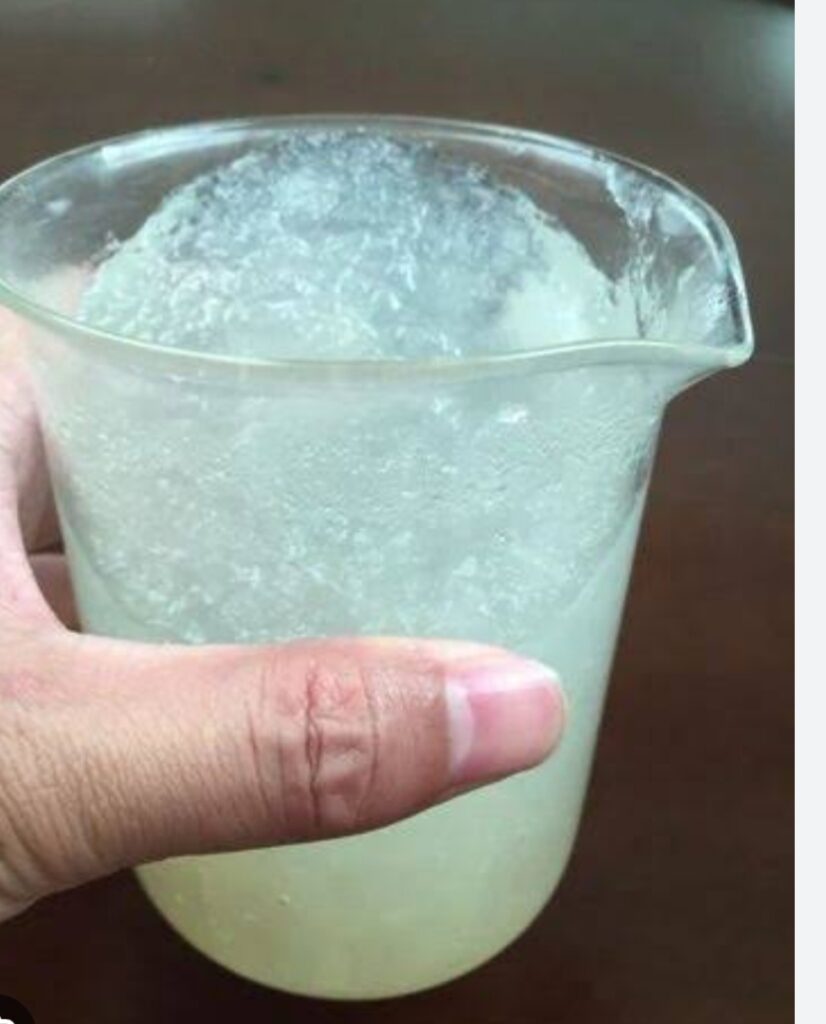
Natural polymers used to form hydrogels include proteins such as collagen and gelatin, and polysaccharides like agarose and alginate. The single polymer molecule link together to form a chain of a single giant molecule called hydrogel. They are acrylate-based products, meaning they are non-biodegradable, they could be toxic making them to be labelled as potential soil pollutants. All these are the negative effects of hydrogel and also reasons they where not used long before now to produce man’s food.
As at today, hydrogel is made from non-toxic, environmentally friendly materials that have been tested for compatibility with food crops. It can be used to grow vegetables, herbs, and fruits with no harmful chemicals leaching into the produce. Thus, making the produce safe and edible with no health effect. Therefore, it is a trustworthy choice for growing high-quality crops and healthy food.
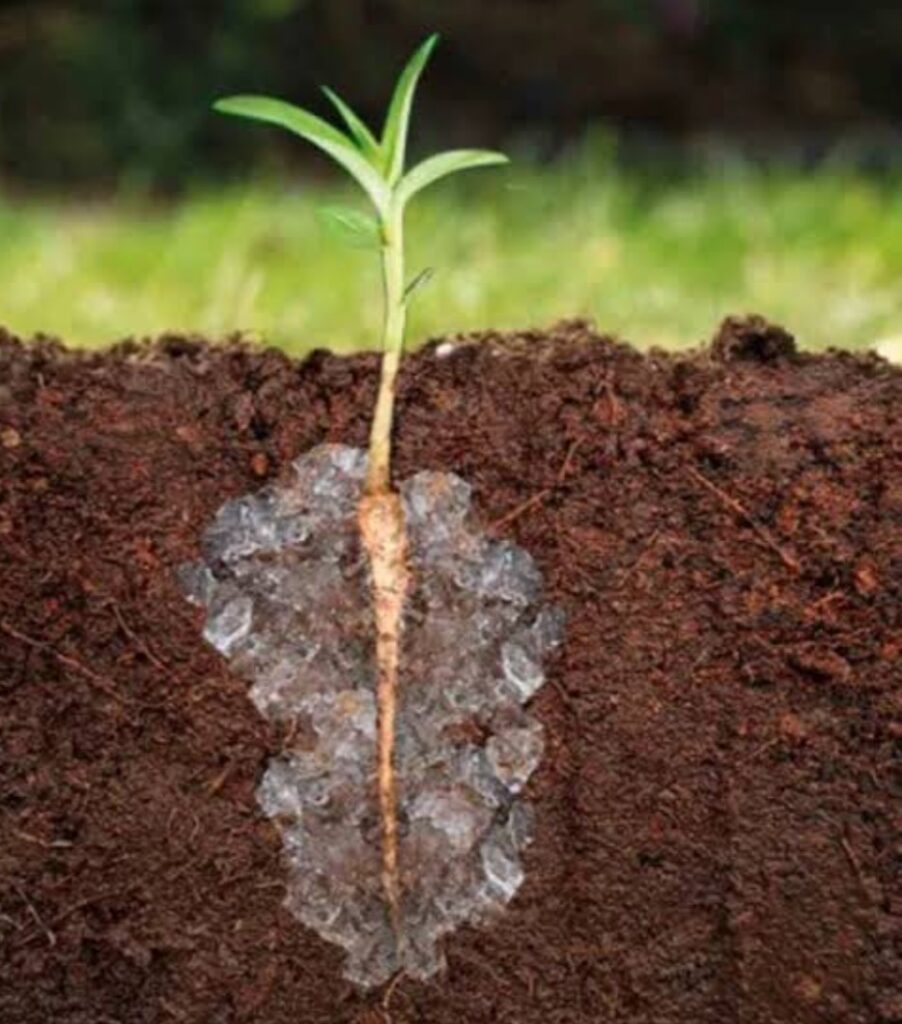
Hydrogel enhances plant growth in vertical farming by directly providing a consistent, controlled water supply to the roots. This innovative solution minimises water waste and ensures plants receive the ideal hydration level. The hydrogel also retains nutrients, releasing them gradually, which helps maintain optimal growth conditions in the often compact setups of vertical farming environments. It promotes healthier root development, faster growth, and improved yields.
GELPONICS MECHANISMS—SCIENTIFIC INTRICACIES OF GELPONICS AND ITS IMPACT ON THE LANDSCAPE OF VERTICAL FARMING.
(Gelponics in Vertical Farming Understanding the Scientific Architecture )
Vertical farming is a scientific innovation developed to ease farming operation. It involves cultivating crops in stacked layers and optimising resources and space. Nutrients are supplied to plants through water recirculatory system etc.
Gelponics, another innovative technology, has being used to elevate this scientific approach (vertical farming) by intricately balancing nutrient absorption, root health, and overall plant physiology. It operates by gel-like matrix medium which acts as a scientific catalyst, creating an environment where plants can thrive with precision.
It modulates chemical reactions within the substrate, enhancing nutrient bioavailability. This adaptability serves as an elegant scientific solution, transcending traditional growth substrates ( soil).
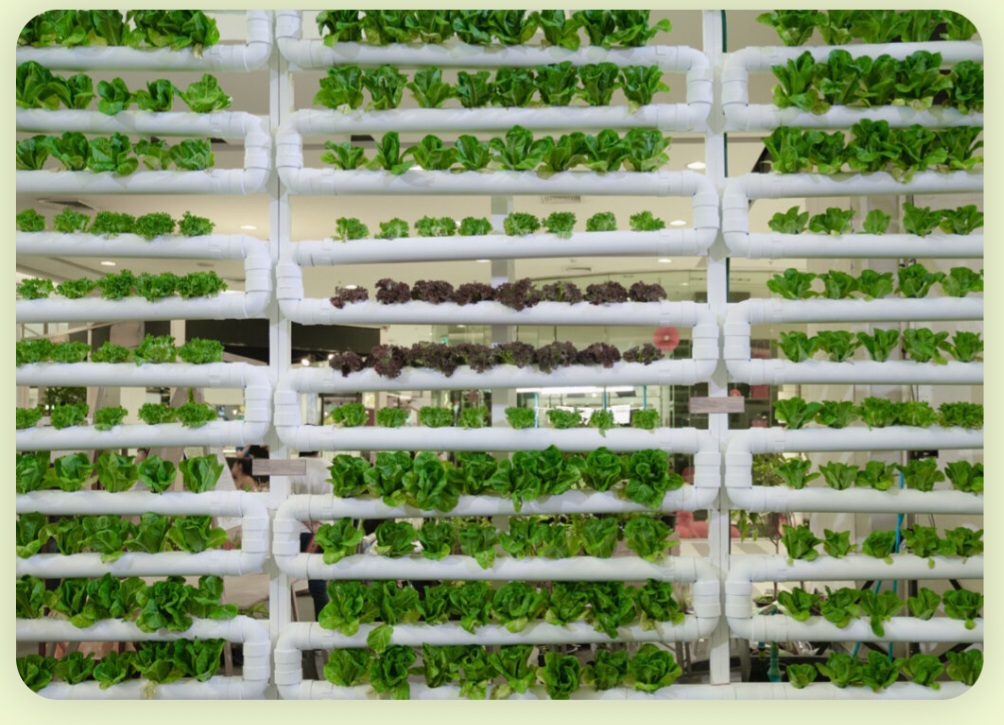
ENVIRONMENTAL IMPACT OF GELPONICS
From scientific researches on the utilzation of gelponics as a growth media in vertical farming, this scientific discovery had proven that Gelponics reduces the ecological footprint by reducing the reliance on pesticides, conserving water, and enhancing climate resilience. It is precise and an efficient sustainable resource management practice.
In addition, Vertical farms enriched by Gelponics, efficiently utilise space, reduce transportation costs, and is an all year-round crop production practice.
IMPORTANCE OF GELPONICS OVER OTHER TYPES OF SUBSTRATE
Because of Geoponics properties, they are excellent replacement for the two most common types of substrate used in agriculture:
1. PEAT : Peat is a brown spongy deposit resembling soil, formed by accumulation of partial decomposition of vegetable matter or decomposition of organic matter in the wet acidic conditions of bogs and fens, and often cut out and dried for use as fuel and in gardening. These materials ( that is, organic matter or vegetable matter) are collected due to waterlogging, oxygen shortage, excessive acidity, and nutrient deficit.
Peat is only found in natural environments known as peatlands, bogs, mires, moors, or muskegs. It is likely to be banned in the UK and Europe by 2030.
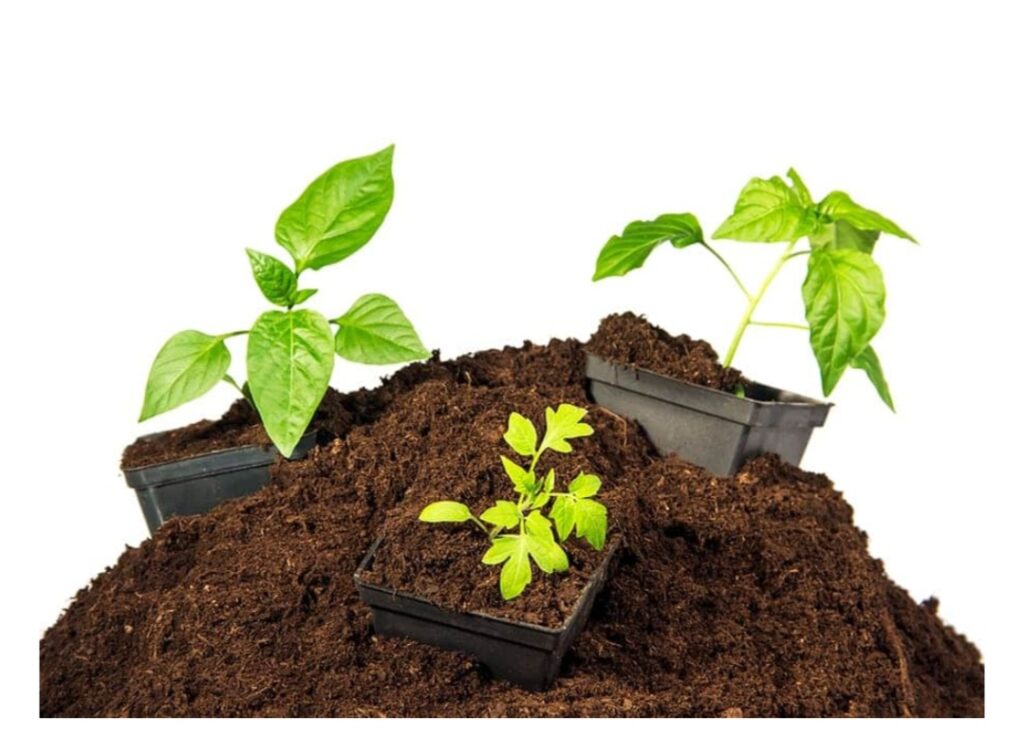
2. STONE WOOL :
Stone wool is a highly versatile material, serving dual roles as an effective insulation solution and a growth medium. It is made principally from volcanic rock. It is comprised of 70% natural raw materials including basalt, dolomite and similar rocks, which are generally melted in a cupola furnace with a carbon-containing energy source. It can be recycled at the end of its life, reducing landfill waste.
Stone wool is a highly suitable growing medium for Controlled Environment Agriculture, or indoor cultivation environments. This closed environment, in combination with stone wool and automated growing systems, allows for every aspect of the plants’ lighting, nutrition and irrigation to be controlled by the grower.
It is not a sustainable option, as it has a very high carbon footprint.
While the Gelponics system allows the release of nutrients for plants’ optimal growth, increasing the soil’s nutrient and water retention capabilities. It is an affordable and sustainable food production innovation. The hydrogel-based substrate offers positive protection for plant and seed and do not cause any nutrient loss, soil fertility or water consumption.
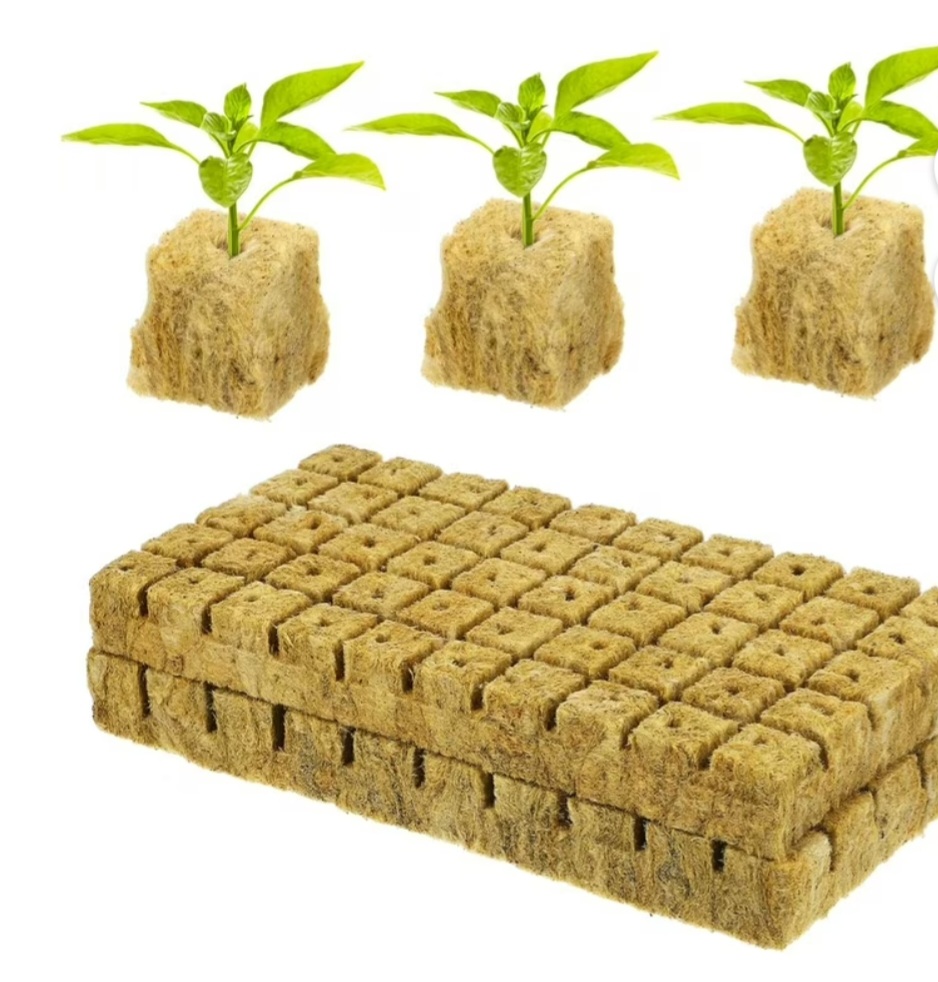
In conclusion, GelPonics play a crucial role in harmonising precision, sustainability, and profitability in farm production. The use of GelPonics in Vertical Farming system has transformed the system into a revolutionalized soilless farming system and not merely a farming practice.
This sustainable growth substrate is made from low-carbon products, entirely compostable, and can replace environmentally harmful synthetic materials such as rock wool, peat, and coir. Apart from this, it saves water, control fertilizer, no need of compaction and increase productivity in agricultural operations. By using Gelponics, carbon footprint is reduced significantly and it promote sustainable farming practices that will benefit human, plants, animals, the environment and human communities.
